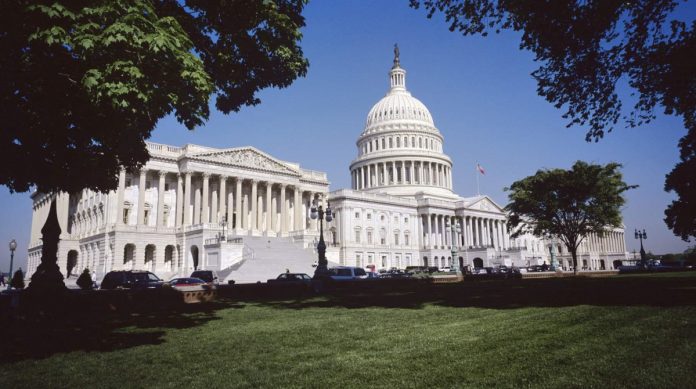
Recent research and observations published by the Pew Charitable Trusts support expanded incentives for manufactured home loans within the Community Reinvestment Act.
The article published May 12, 2021, by Pew Charitable Trusts Consumer Finance Director Nick Bourke and Rachel Siegel, a research officer for Pew’s consumer finance and home financing projects, asserts that lack of access to manufactured homes disproportionately affects populations and communities already most at risk.
The authors cite Consumer Financial Protection Bureau research that found that “people living in such residences are more likely to have low incomes, assets, and net wealth than those in traditional site-built homes. Interestingly, they also have lower debt-to-asset ratios, which may be due to more conservative borrowing behavior or less access to credit for these households.”
Access to Manufactured Homes, Manufactured Home Loans
There continues to be a relatively small pool of lenders for manufactured home loans, especially chattel or personal property loans, the Pew research shows. The difficulty for consumers is “a general shortage of small mortgages nationwide—even for qualified buyers” and the fact that personal property loans from those who do offer them come at “higher interest rates, which undermines affordability.”
Pew research suggests that the affordability and availability of manufactured home loans could be improved through a re-envisioning and revised Community Reinvestment Act, which initially was approved in 1977 and has been reconsidered in recent years without mention of bolstered manufactured housing language.
The research and observations from Pew suggest three primary ways the CRA can effectively expand manufactured home lending:
1. Include safe and affordable manufactured housing personal property loans on the list of CRA-eligible activities so that banks have certainty about credit for these loans.
2. Allow banks to get CRA credit for the purchase of qualified personal property loans from originators, which would allow more loans to be made.
3. Encourage qualified personal property loans by giving CRA credit based on the number, rather than dollar amount, of loans in this space. Doing so could incentivize lenders to provide more loans rather than merely larger ones and is especially important because these homes are often low-cost.
“Pew is researching the issues around lending for manufactured housing to identify hurdles or harms associated with various financing arrangements,” the authors stated. “The ultimate goal is to find opportunities to expand the availability of safe and affordable loans.”
Added Research Shows Disparity in Cost of Personal Property Loans
Pew Charitable Trusts on May 27 also published results of research on manufactured home loans, specifically personal property or chattel loans. The research demonstrates that creditworthiness of chattel borrowers is on par with consumers of conventional mortgages.
Pew’s report published on the Consumer Financial Protection Bureau’s website also demonstrates that Black, Hispanic, and Indigenous borrowers are more likely to use personal property loans than others. The impact is that these families pay more and are at higher risk of losing their home in the event of default.
“Homeownership plays a large role in family economic stability and manufactured homes are the largest source of unsubsidized affordable housing – making them especially important for low- and moderate-income families,” Tara Roche, research manager for The Pew Charitable Trusts’ home financing project. “However, the market’s potential is undermined by challenges to obtaining small mortgages, the lack of strong consumer protections combined with higher interest rates for personal property loans, and omission from laws intended to protect homeowners from foreclosure and eviction during times of crisis.”










